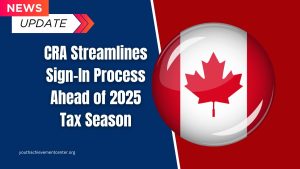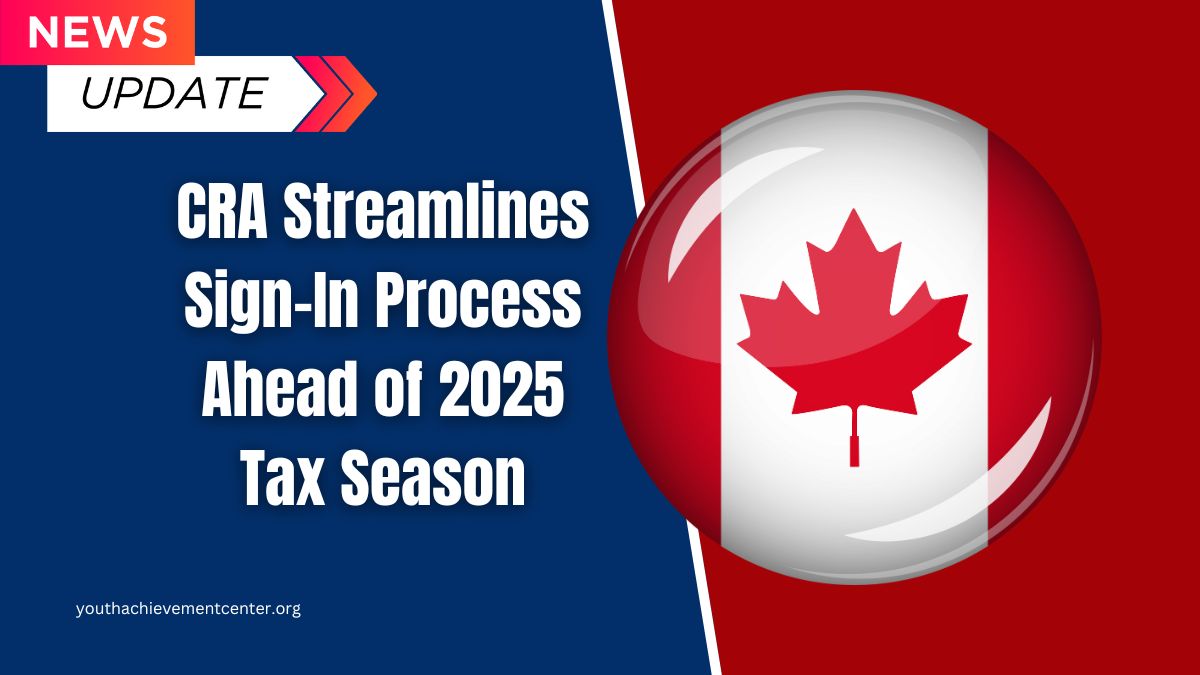The Canada Training Credit (CTC) 2025 is a progressive initiative by the Canadian government aimed at empowering citizens to invest in their professional growth.
This refundable tax credit offers financial support for eligible training programs, helping Canadians enhance their skills in an ever-changing job market.
Here’s everything you need to know about the CTC, including the deposit date, amount, eligibility criteria, and how to maximize this benefit.
What is the Canada Training Credit?
The Canada Training Credit is a federal tax initiative introduced in 2019 to support continuous education and professional development.
By reducing the financial burden of tuition and related expenses, the CTC encourages individuals to engage in lifelong learning and skill development, enabling them to remain competitive in their careers.
This program is essential for fostering a highly skilled workforce, boosting productivity, and strengthening Canada’s economy.
Key Features of the Canada Training Credit 2025
| Feature | Details |
|---|---|
| Annual Credit | Up to $250 per year |
| Lifetime Maximum | $5,000 |
| Eligibility Age Range | 26 to 65 years |
| Payment Type | Refundable tax credit |
| Issuing Authority | Canada Revenue Agency (CRA) |
| Deposit Date | Aligned with tax refunds |
| Claimable Amount | 50% of eligible tuition or accumulated CTC limit |
Eligibility Criteria for the Canada Training Credit 2025
To qualify for the Canada Training Credit 2025, you must meet the following criteria:
- Age Requirement
- Be between 26 and 65 years old during the tax year.
- Residency
- Be a Canadian resident throughout the year.
- Income Threshold
- Have a working income of at least $11,821 and a net income below $173,205.
- Tax Filing
- File a tax return for the year.
- Eligible Tuition Fees
- Pay tuition or other eligible fees to recognized educational institutions, including universities, colleges, or certified training providers.
- Canada Training Credit Limit (CTCL)
- Have a positive CTCL balance carried forward from previous years.
How Much Can You Claim?
The Canada Training Credit 2025 allows you to claim the lesser of:
- Your current CTCL balance, or
- 50% of your eligible tuition and fees for the year.
For example, if you have a CTCL balance of $750 and paid $500 in eligible tuition fees, you can claim $250 (50% of $500).
How to Claim the Canada Training Credit
- File Your Tax Return
- Include your eligible tuition fees and CTC claim on your tax return.
- Check Your CTCL Balance
- Your annual Notice of Assessment will show your available Canada Training Credit Limit.
- Submit Documentation
- Provide receipts or proof of payment for tuition and eligible fees.
- Receive the Credit
- If the credit exceeds your tax liability, the CRA will issue a refund for the difference.
Benefits of the Canada Training Credit
- Encourages professional development by reducing costs.
- Promotes career advancement and skill enhancement.
- Supports low- and middle-income Canadians with accessible funding.
- Offers flexibility with a lifetime maximum of $5,000, allowing for long-term planning.
The Canada Training Credit 2025 is a valuable tool for Canadians looking to upgrade their skills or pursue professional development.
By offering up to $250 annually and a lifetime maximum of $5,000, the program ensures that financial barriers don’t hinder personal and career growth.
To maximize this benefit, ensure you meet the eligibility criteria, keep track of your CTCL balance, and file your taxes on time. Stay proactive and seize this opportunity to invest in your future!
FAQs
When will the Canada Training Credit 2025 be deposited?
The credit is typically issued alongside your tax refund. Ensure you file your tax return promptly to receive your payment without delay.
What happens if I don’t use my annual $250 credit?
Unused amounts are carried forward, allowing you to accumulate up to $5,000 over your lifetime.
Are there any fees excluded from the Canada Training Credit?
Yes, only tuition and training fees from eligible institutions qualify. Ancillary costs like travel, lodging, and materials are excluded.







